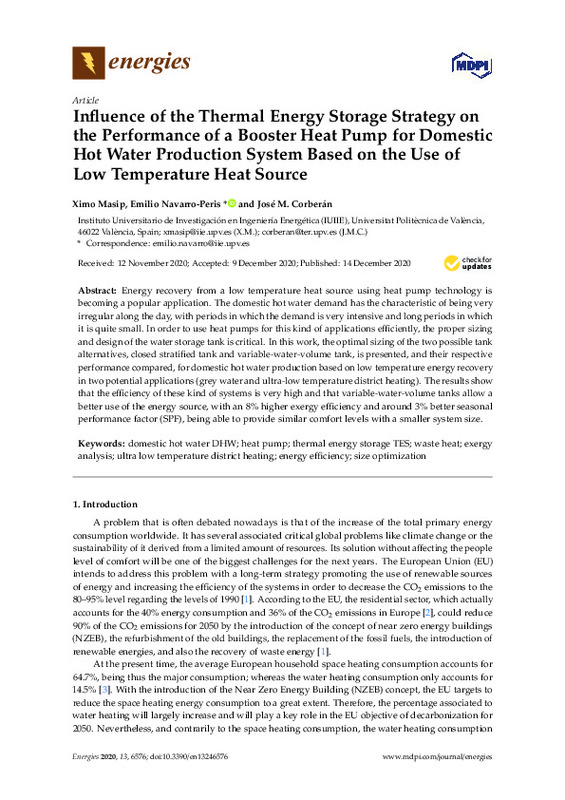2050 Long-Term Strategy https://ec.europa.eu/clima/policies/strategies/2050_en
Energy Consumption Buildings https://ec.europa.eu/energy/en/topics/energy-efficiency/buildings
Energy Consumption in Households http://ec.europa.eu/eurostat/statistics-explained/index.php/Energy_consumption_in_households
[+]
2050 Long-Term Strategy https://ec.europa.eu/clima/policies/strategies/2050_en
Energy Consumption Buildings https://ec.europa.eu/energy/en/topics/energy-efficiency/buildings
Energy Consumption in Households http://ec.europa.eu/eurostat/statistics-explained/index.php/Energy_consumption_in_households
https://www.google.com.hk/url?sa=t&rct=j&q=&esrc=s&source=web&cd=&cad=rja&uact=8&ved=2ahUKEwip0ubH48ztAhUEMN4KHRmLA0kQFjABegQIAxAC&url=https%3A%2F%2Feur-lex.europa.eu%2FLexUriServ%2FLexUriServ.do%3Furi%3DOJ%3AL%3A2009%3A140%3A0016%3A0062%3Aen%3APDF&usg=AOvVaw10tSQ3SpiUkxpXKuCB6R0n
Cecchinato, L., Corradi, M., Fornasieri, E., & Zamboni, L. (2005). Carbon dioxide as refrigerant for tap water heat pumps: A comparison with the traditional solution. International Journal of Refrigeration, 28(8), 1250-1258. doi:10.1016/j.ijrefrig.2005.05.019
Pitarch, M., Navarro-Peris, E., Gonzálvez-Maciá, J., & Corberán, J. M. (2017). Experimental study of a subcritical heat pump booster for sanitary hot water production using a subcooler in order to enhance the efficiency of the system with a natural refrigerant (R290). International Journal of Refrigeration, 73, 226-234. doi:10.1016/j.ijrefrig.2016.08.017
Pitarch, M., Hervas-Blasco, E., Navarro-Peris, E., Gonzálvez-Maciá, J., & Corberán, J. M. (2017). Evaluation of optimal subcooling in subcritical heat pump systems. International Journal of Refrigeration, 78, 18-31. doi:10.1016/j.ijrefrig.2017.03.015
Hervas-Blasco, E., Pitarch, M., Navarro-Peris, E., & Corberán, J. M. (2018). Study of different subcooling control strategies in order to enhance the performance of a heat pump. International Journal of Refrigeration, 88, 324-336. doi:10.1016/j.ijrefrig.2018.02.003
Meggers, F., & Leibundgut, H. (2011). The potential of wastewater heat and exergy: Decentralized high-temperature recovery with a heat pump. Energy and Buildings, 43(4), 879-886. doi:10.1016/j.enbuild.2010.12.008
Liu, L., Fu, L., & Jiang, Y. (2010). Application of an exhaust heat recovery system for domestic hot water. Energy, 35(3), 1476-1481. doi:10.1016/j.energy.2009.12.004
Baek, N. C., Shin, U. C., & Yoon, J. H. (2005). A study on the design and analysis of a heat pump heating system using wastewater as a heat source. Solar Energy, 78(3), 427-440. doi:10.1016/j.solener.2004.07.009
Bertrand, A., Aggoune, R., & Maréchal, F. (2017). In-building waste water heat recovery: An urban-scale method for the characterisation of water streams and the assessment of energy savings and costs. Applied Energy, 192, 110-125. doi:10.1016/j.apenergy.2017.01.096
High Efficiency Heat Pump for Domestic Hot Water Generation http://docs.lib.purdue.edu/iracc%0Ahttp://docs.lib.purdue.edu/iracc/953
Østergaard, P. A., & Andersen, A. N. (2018). Economic feasibility of booster heat pumps in heat pump-based district heating systems. Energy, 155, 921-929. doi:10.1016/j.energy.2018.05.076
Fischer, D., Toral, T. R., Lindberg, K. B., Wille-Haussmann, B., & Madani, H. (2014). Investigation of Thermal Storage Operation Strategies with Heat Pumps in German Multi Family Houses. Energy Procedia, 58, 137-144. doi:10.1016/j.egypro.2014.10.420
Han, Y. M., Wang, R. Z., & Dai, Y. J. (2009). Thermal stratification within the water tank. Renewable and Sustainable Energy Reviews, 13(5), 1014-1026. doi:10.1016/j.rser.2008.03.001
Haller, M. Y., Haberl, R., Mojic, I., & Frank, E. (2014). Hydraulic Integration and Control of Heat Pump and Combi-storage: Same Components, Big Differences. Energy Procedia, 48, 571-580. doi:10.1016/j.egypro.2014.02.067
Liu, F., Zhu, W., Cai, Y., Groll, E. A., Ren, J., & Lei, Y. (2017). Experimental performance study on a dual-mode CO2 heat pump system with thermal storage. Applied Thermal Engineering, 115, 393-405. doi:10.1016/j.applthermaleng.2016.12.095
Castell, A., Medrano, M., Solé, C., & Cabeza, L. F. (2010). Dimensionless numbers used to characterize stratification in water tanks for discharging at low flow rates. Renewable Energy, 35(10), 2192-2199. doi:10.1016/j.renene.2010.03.020
Armstrong, P., Ager, D., Thompson, I., & McCulloch, M. (2014). Domestic hot water storage: Balancing thermal and sanitary performance. Energy Policy, 68, 334-339. doi:10.1016/j.enpol.2014.01.012
Hervás-Blasco, E., Navarro-Peris, E., & Corberán, J. M. (2019). Optimal design and operation of a central domestic hot water heat pump system for a group of dwellings employing low temperature waste heat as a source. Energy, 188, 115979. doi:10.1016/j.energy.2019.115979
Next Generation of Heat Pumps Working with Natural Fluids (NxtHPG) http://www.nxthpg.eu/
Transient Systems Simulation Homepage http://www.trnsys.com
Masip, X., Cazorla-Marín, A., Montagud-Montalvá, C., Marchante, J., Barceló, F., & Corberán, J. M. (2019). Energy and techno-economic assessment of the effect of the coupling between an air source heat pump and the storage tank for sanitary hot water production. Applied Thermal Engineering, 159, 113853. doi:10.1016/j.applthermaleng.2019.113853
[-]









